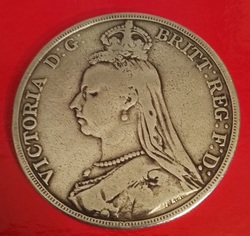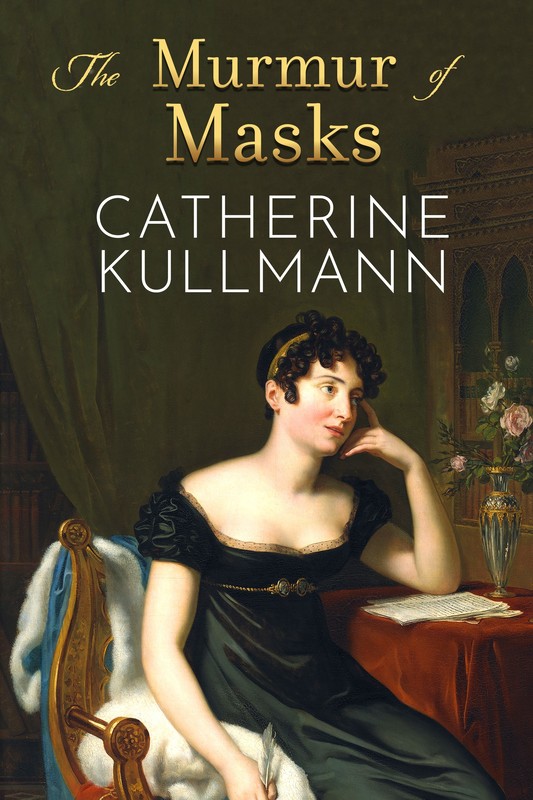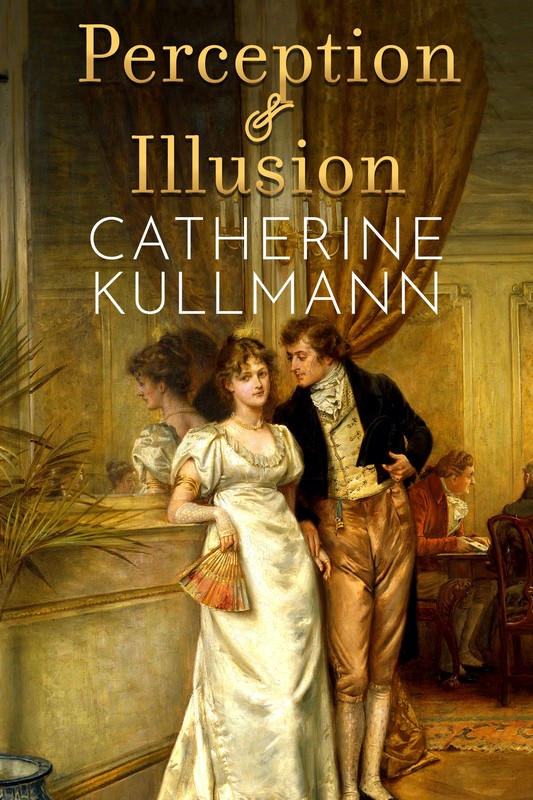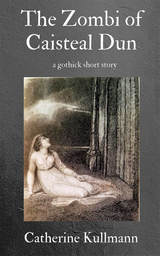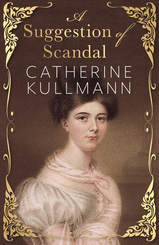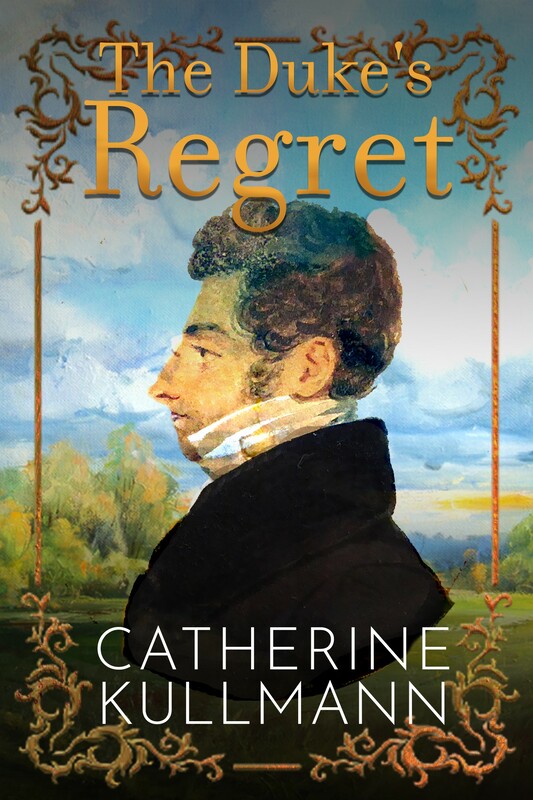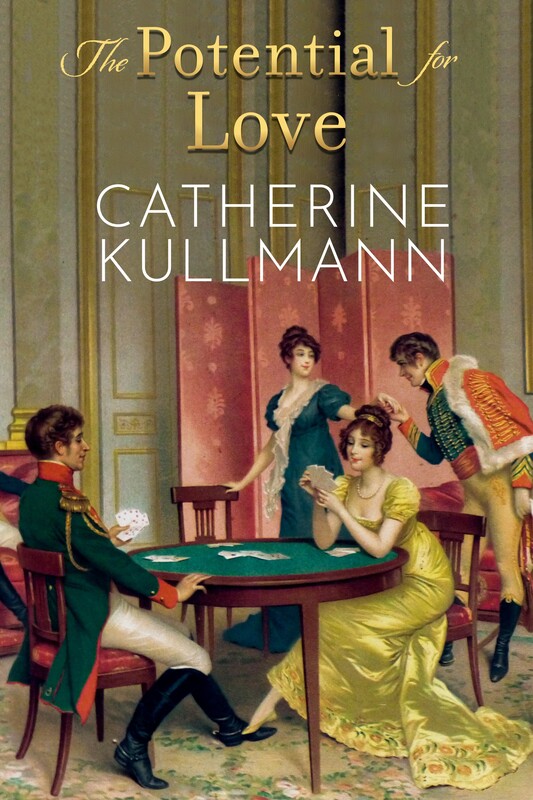On 15 February 1971, the UK and Ireland decimalised their currencies, replacing Pounds (£), shillings (s) and pence (d) with a pound worth 100 New Pence. The £ sign was retained but new pence were denoted by the symbol 'p', pronounced 'pee'. £1/10s was now £1.50p.
The upcoming forty-fifth anniversary of 'Decimal Day' made me think about the supplanted £.s.d. - 'old money', the currency of my youth and a currency of interest to every reader and writer of historical fiction. To me, a budget set out like the one in the picture below makes perfect sense. For those who are younger, it will be more of a puzzle. So here is a brief introduction to £.s.d. and how we learnt to use it.
The upcoming forty-fifth anniversary of 'Decimal Day' made me think about the supplanted £.s.d. - 'old money', the currency of my youth and a currency of interest to every reader and writer of historical fiction. To me, a budget set out like the one in the picture below makes perfect sense. For those who are younger, it will be more of a puzzle. So here is a brief introduction to £.s.d. and how we learnt to use it.
Pound comes from Latin libra pondo or ‘a pound by weight’ and the familiar £ sign is simply an old-fashioned capital L. s and d came from the Latin names of two Roman coins, the solidus and denarius.
There were twenty shillings to the pound and twelve pence to the shilling, making 240 pence to the pound.
Until 1817, the standard coins were:
A guinea - a gold coin worth £1/1s or twenty-one shillings.
A crown - a silver coin worth 5s or five shillings
A half-crown - a silver coin worth 2s/6d or two shillings and sixpence
A shilling - a silver coin worth 12d or twelve pence
A sixpence - a silver coin worth 6d or six pence
A threepence - a silver coin worth 3d or three pence
A penny - a copper/bronze coin worth 1d
A halfpenny (pronounced ‘haypenny’ and frequently written ha’penny) - a copper/bronze coin worth half a penny.
A farthing - a copper/bronzer coin worth a quarter of a penny.
As part of the great recoinage of 1817, the guinea was replaced by the sovereign which was a gold coin worth twenty shillings. Although the guinea eventually went out of circulation, into the twentieth century it continued to be the value of choice for professional fees e.g. those of doctors or barristers. Even today, some transactions such as sales of horses and some auctions are carried out in guineas, now with an equivalent value of £1.05p.
A two shillings coin or 'florin' was first issued in 1849.
Although still legal tender, crowns gradually went out of use in the nineteenth and twentieth centuries and farthings ceased to be legal tender in 1960. The other coins from half-crown to halfpenny continued in use until decimal day.
1889 Queen Victoria Crown
There were twenty shillings to the pound and twelve pence to the shilling, making 240 pence to the pound.
Until 1817, the standard coins were:
A guinea - a gold coin worth £1/1s or twenty-one shillings.
A crown - a silver coin worth 5s or five shillings
A half-crown - a silver coin worth 2s/6d or two shillings and sixpence
A shilling - a silver coin worth 12d or twelve pence
A sixpence - a silver coin worth 6d or six pence
A threepence - a silver coin worth 3d or three pence
A penny - a copper/bronze coin worth 1d
A halfpenny (pronounced ‘haypenny’ and frequently written ha’penny) - a copper/bronze coin worth half a penny.
A farthing - a copper/bronzer coin worth a quarter of a penny.
As part of the great recoinage of 1817, the guinea was replaced by the sovereign which was a gold coin worth twenty shillings. Although the guinea eventually went out of circulation, into the twentieth century it continued to be the value of choice for professional fees e.g. those of doctors or barristers. Even today, some transactions such as sales of horses and some auctions are carried out in guineas, now with an equivalent value of £1.05p.
A two shillings coin or 'florin' was first issued in 1849.
Although still legal tender, crowns gradually went out of use in the nineteenth and twentieth centuries and farthings ceased to be legal tender in 1960. The other coins from half-crown to halfpenny continued in use until decimal day.
1889 Queen Victoria Crown
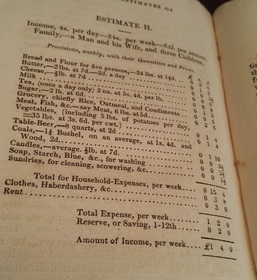
Suggested budget for a man, his wife and three children with an annual income of £62 in 1823.
This was a family at the lowest end of the income scale. There is no provision for servants, not even occasional charring and tea is allowed 'once a day only'.
How did we cope with such a complicated system? To begin with, we learnt the multiplication tables (up to twelve times twelve) by heart, including the monetary value by reciting them again and again e.g. :
8 Ones are 8 pence
8 Twos are 16 pence; 1 shilling and 4 pence
8 Threes are 24 pence; two shillings
In addition to simple arithmetic, we learnt to add, subtract, multiply and divide using monetary values, remembering always to divide the total number of pence by twelve to find out how many shillings were to be carried forward and then divide the total number of shillings by twenty to see how many pounds were to be carried forward. This was before calculators, so had to be done in our heads. Counting on fingers was frowned upon.
In the example of addition below, I have noted the amount carried forward in brackets at the bottom line of the shillings and pounds columns. Although this was considered a rather babyish thing to do, it helped you check your figures, especially in a long sum.
£ s d
3 4 7
2 9 6
17 11
1(2) 8(2) 5
Total 8 0 5
By and large, it was a cumbersome and outdated system and although some elderly people had problems with the change, in general people were glad to see it go. The transition to the new currency went very smoothly. I remember getting the bus on the morning of decimal day and all the passengers made a point of using the new currency, saying, for example, '5p' instead of 'a shilling' as if they had been using the new currency all their lives.
